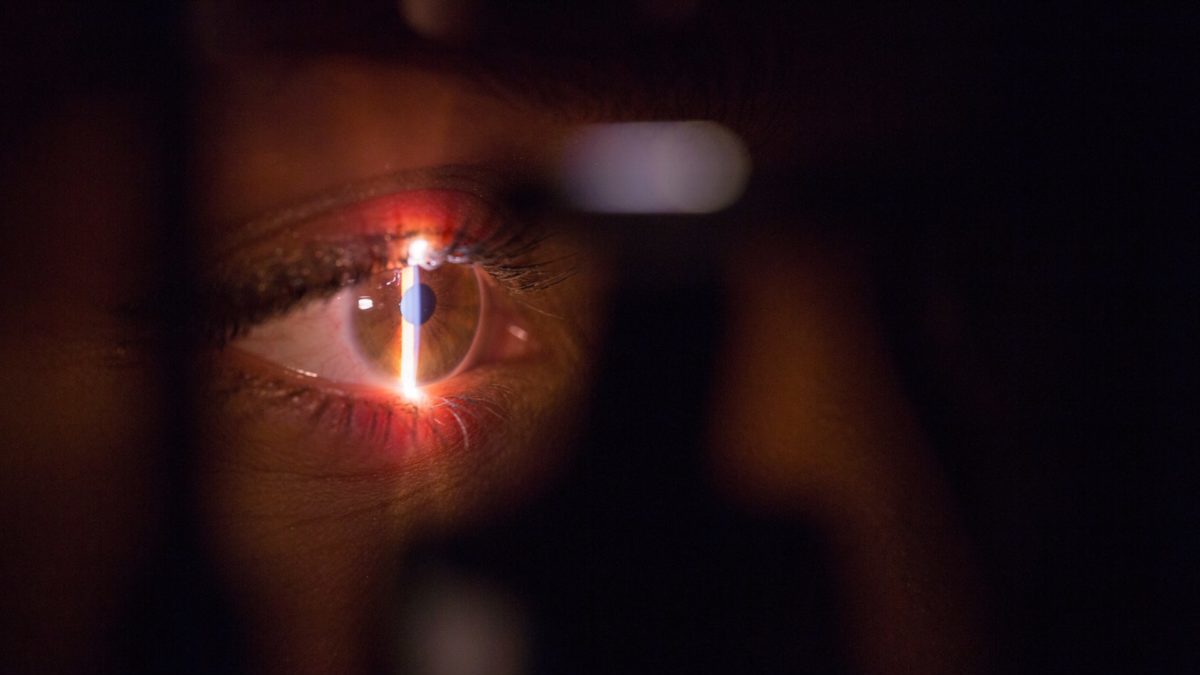Health
Implant made from pig skin protein restores eyesight of 14 blind people

- A new study revealed that corneal implants made from pig skin have restored the eyesight of 14 blind people.
- The implants also helped six others who were on the verge of losing their sight.
- Researchers hope that the findings can help as pig tissues could be a more viable option when human organ donors are hard to find.
A new study revealed that corneal implants made from pig skin have restored the sight of 14 people who were completely blind.
The implant used in the research replicates the human cornea. It was created from collagen protein found in pigs. The cornea is the transparent part of the eye that covers the iris and pupil permitting light to enter.
The implants were able to restore sight in 20 people — 14 participants who were completely blind and six with damaged or diseased corneas prior to the procedure.
Participants who lived in India and Iran suffered from a condition called keratoconus where the cornea becomes thinner and bulges outward into a cone shape.
Two years after receiving the implants, all the patients had improved vision, per the study.
The study authors are composed of a team of researchers from Sweden, India and Iran. They hope that the implants could serve as a replacement for corneal transplants from humans, which can be hard to come by.
According to experts, about 12.7 million people are waiting for donated corneas. The study states that there is about only one cornea available for every 70 patients in need of a transplant.
The situation is more severe in lower to middle-income countries in Asia, Africa and the Middle East as they lack of access to donated corneas.
“The results show that it is possible to develop a biomaterial that meets all the criteria for being used as human implants, which can be mass produced and stored up to two years and thereby reach even more people with vision problems,” said Neil Lagali, co-author of the study and professor at Linkoping University in Sweden.
“This gets us around the problem of shortage of donated corneal tissue and access to other treatments for eye diseases.”
The study was published in the journal Nature Biotechnology.
Source: Yahoo News
